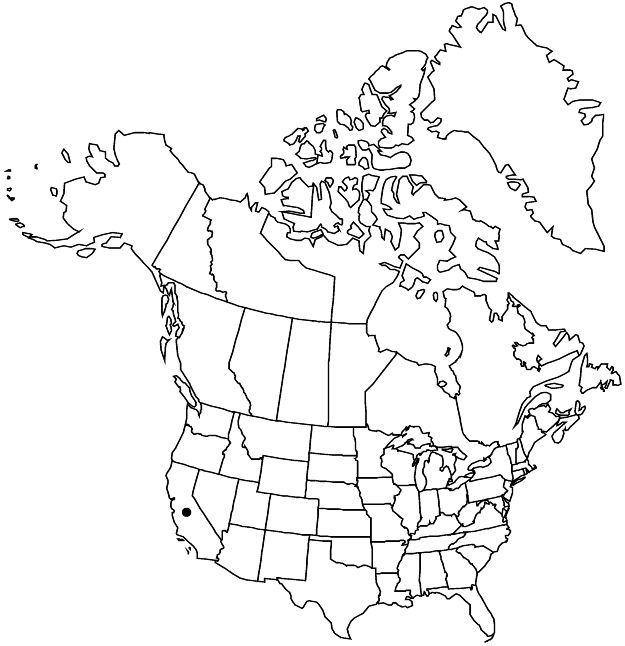Mentzelia gracilenta
Fl. N. Amer. 1: 534. 1840.
Plants wandlike or candelabra-form, (3–)20–60(–70) cm. Basal leaves persisting; petiole present or absent; blade linear-lanceolate to linear, margins deeply to shallowly lobed. Cauline leaves: petiole absent; blade ovate-lanceolate to linear, to 13 cm, margins deeply to shallowly lobed or entire. Bracts usually green with white base, occasionally green, obovate to ovate, 7.1–11.3 × 3–6.2 mm, width 2/5–3/5 length, not concealing capsule, margins 3–12-lobed. Flowers: sepals 3–8 mm; petals usually orange, rarely yellow, proximally, yellow distally, (7–)8–18 mm, apex retuse; stamens 20+, 5–11 mm, filaments monomorphic, filiform, unlobed; styles 5–11 mm. Capsules cylindric or clavate, 9–15(–23) × 3–5 mm, axillary curved to 20° at maturity, usually inconspicuously longitudinally ribbed. Seeds 15–25, in 2+ rows distal to mid fruit, tan, dark-mottled or not, usually irregularly polygonal, occasionally triangular prisms proximal to mid fruit, surface tuberculate under 10× magnification; recurved flap over hilum absent; seed coat cell outer periclinal wall domed, domes on seed edges 1/2 as tall as wide at maturity. 2n = 36.
Phenology: Flowering Apr–May.
Habitat: Serpentine talus, gray-white calcium-rich soils, grasslands, pine-oak woodlands.
Elevation: 200–1700 m.
Discussion
Mentzelia gracilenta occurs in the southern Coast Ranges and western Transverse Ranges (Fresno, Monterey, and San Benito counties below 1400 meters, and southern San Luis Obispo, Santa Barbara, and Ventura counties above 1500 meters). Populations in the northern portion of its range are commonly associated with serpentine or other stressful substrates. Mentzelia gracilenta is very similar morphologically to M. ravenii, but it does not occur in desert communities, as does M. ravenii. Furthermore, these taxa appear to be phylogenetically distinct (J. M. Brokaw and L. Hufford 2010b).
Selected References
None.
